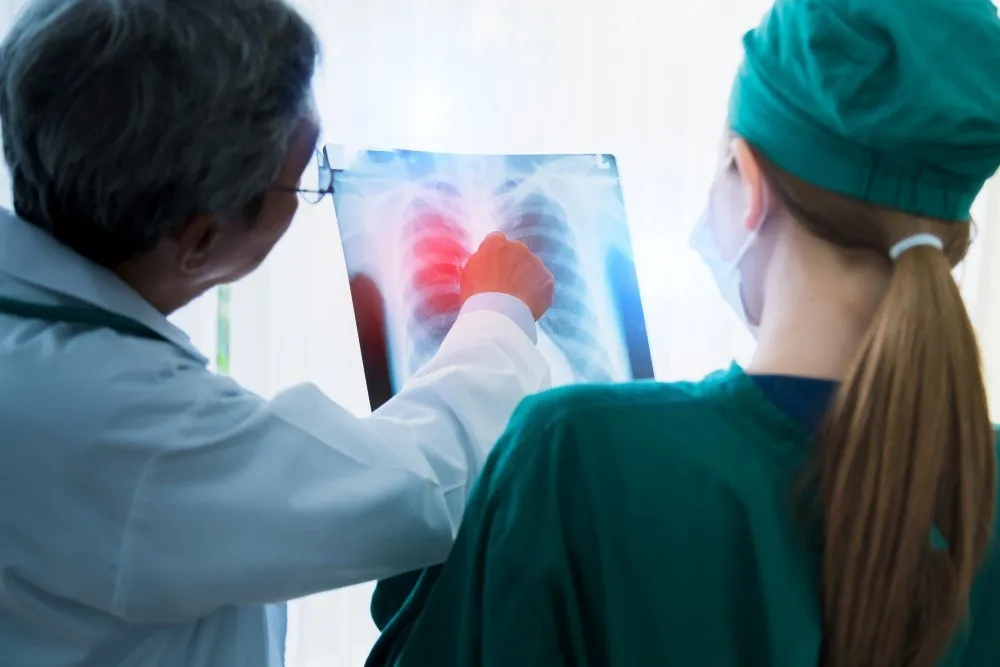Q1 What is sleep study?
Sleep study, also called as polysomnography, refers to the painless, non-invasive test to study body's activity during sleep to identify sleep disorders. It monitors & evaluates sleep cycle & stages.Q2 Who should get tested for sleep study? What are the indications for it?
You should go for sleep study if you are suffering from any of the following:- Excessive daytime sleepiness- Narcolepsy
- If you have persistent problem of snoring while asleep & you experience breathing difficulty while asleep - Sleep Apnoea
- If you have problem going off to sleep or staying asleep - Insomnia
- If you move your limbs too much while asleep or while awake also -sleep related movement disorders
- If you feel tired even after sleeping during night
- Walking while sleeping - Somnambulism
- If you grind teeth while sleeping - Bruxism
Q3 Whom should I consult if I have any of the above listed problems?
You can consult a general physician or chest physician (pulmonologist) to get yourself evaluated for sleep study.Q4 Who will perform the sleep study?
Trained technicians with proven experience of handling and correctly installing sleep study equipment in patients perform the sleep study.Q5 What is the duration of sleep study?
Polysomnograph is conducted over a normal sleeping cycle of eight hours. You are expected to go to sleep around 10-30PM and wake up by 6 AM next morning. The Multiple sleep latency test is conducted during the stretch of an entire day and consists of several sleep sessions throughout the day with 2 hour breaks between them. Maintenance of wakefulness test is conducted throughout the day and is devoid of any sleeping sessions.Q6 Where is it performed?
The sleep studies are conducted in a quiet dark room in the sleep center where the air and lighting is adjusted according to your preferences. The room is fitted with gadgets to monitor your sleep routine and is connected to the main equipment in the next room.Q7 What is the cost of the procedure?
The procedure can cost any amount between $500 to $600 and above $5000 depending upon the number of sleep study tests required and the facility at which you are going for the study.Q8 For how many days will I have to be admitted in the hospital?
Admission is usually for the first night and its consecutive day. You may have to come back on consecutive day if additional tests are required.Q9 What precautions should I take before the procedure?
- You should not take coffee or tea or alcohol on the day of sleep study.
- The technician must be informed about special cases of fits, obstructive sleep apnea or partial paralysis so that he is aware of what medication you prefer in case of an incident.
- For patients who need to go to the bathroom in the night, notifying the technician of such intermittent requirements before the procedure begins and during the course of the study, is important.
- Other measures that you can take before the procedure include carrying comfortable night clothing with you so that you can change and be comfortable even in the new surroundings. In addition to this, you also can carry a tablet, laptop or iPod to listen to your favourite music or watch movies.
- After the set-up is done make sure to check your ease of use and try out the two-way speakerphone before the procedure begins. You are allowed to carry your favourite bedtime pillow, soft toy and even your bedtime snack to be kept in the fridge usually provided in the sleep room.
Q10 What happens during the procedure?
- During the procedure, sticky pad sensors are attached to parts of your scalp, face, legs and chest, to monitor the reactions of your sensory organs while you sleep.
- These sensors will check the brainwave activity (to assess sleep stage), respiratory effort and oxygenation, eye movements, heart rhythm, muscle activity, body movements and nasal/oral airflow.
- Elastic sensor belts that are stretchable are fitted across your chest and abdomen and finger clip sensors are used to monitor your heartbeat closely.
- Your movements are recorded on video.
- In a typical polysomnograph, you are expected to go to sleep by 11:30 PM in the night and wake up by 6 AM.
Q11 What are the risks of the procedure?
The entire process is non-invasive and therefore, there are no risks to the procedure in general. However, special cases where obstructive sleep apnea is known to occur, the technician must be informed so that he can administer a continuous positive airway pressure (CPAP) mask on you to ensure that the sleep study is completed smoothly. Patients who suffer from fits and partial paralysis need to provide details of medication to the technician so that it can be applied in case of an incident.Q12 What should I expect after the procedure?
The sleep study is usually complete after you wake up. The wires and attachments are removed in few minutes. Some facilities might provide you with showers and that can help you freshen up and move out for the day. You may need to continue in the same facility if daytime tests like MSLT or MWT are due.Q13 What are the precautions after the procedure?
There are no extra precautions to be taken after the procedure except in cases where you may notice local irritation or allergy on your skin where the sensory electrodes were placed. Visit a skin doctor to find the right ointment that has to be used to get rid of this affliction.Q14 When will I get the report?
The reports are not provided to the patient instantly and are released after one or a couple of weeks only after being reviewed by a sleep specialist.
Reviewed by







